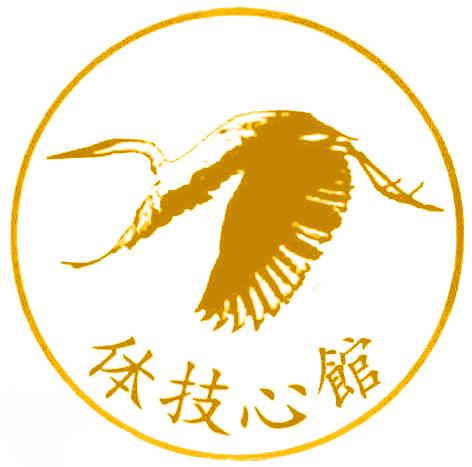KOYAMA-RYU©
NAME SIMBOLOGY
"Water is soft and fluid, and can penetrate rock, which is strong and immovable. This clearly shows the principle of softness overcoming hardness." This maxim, attributed to Lao Tsu, inspired the name Koyama-ryu. Whether this quote really comes from the great Chinese Taoist philosopher or not, it doesn't matter, certainly the meaning behind it has great technical relevance: to be strong but at the same time yielding, defeat a stronger opponent using softness.
The name of the Koyama-ryu system 湖山流 derives from the union of the two kanji - 湖 and 山 - which respectively mean - lake and mountain -, ideally its literal meaning is “Mountain and Lake Style”.
Shaolin martial arts in general are the roots of the old Kojo-ryu and the Tsuru-ken, the old styles that are the core of the Koyama-ryu Taigishinkan system, so in order to honor them and to push the practitioner to seek the roots, the name "Mountain and Lake Style" was chosen. The mountain and lake
respectively
represent the Songshan Mountain and the Shaolin Shuiku Reservoir.
The Mount Song is one of the five sacred mountains of Taoism; located in Henan Province, on the southern bank of the Yellow River. On its northern side there is the famous Shaolin Temple, a very important temple in the history of Chinese Buddhism and martial arts. The Shaolin water reserve is located southwest of the temple and near it's the Damoyuan, the South Gate of the Shaolin Temple; it seems that there is an ancient inscription here that reads "Beware, this place is teeming with monks who could easily kill you with a punch".
The mountain has always had a very strong spiritual meaning, in particular for the Shinto symbology; withholding as a mysterious place, seat of kami or divinity itself, with its own majestic grandeur protects the people and for this reason it is a sacred place. There mountain, however, also contains several pitfalls that are the manifestation of will of the kami or of itself, as in the case of the disruptive power of a volcano that erupts fire, for this reason it is also feared and respected by people. Therefore, being a metaphor of a spiritual entity, it also becomes an ascetic place, where to rediscover enlightenment, according to a more Buddhist vision, there all beings come together in order to achieve individual and universal harmony.
The lake, being a "mirror of water", represents precisely this element of nature and life, a symbol of fertility and purity. The water it is a means of meditation, like that flowing of a stream nestled between the ephemeral beauties of a Zen garden. The water of a lake is calm, patient, and although it is enclosed in the mountains, it lets itself be hidden by them and is not one a prisoner, it is versatile, it adapts, therefore it is free, like the mushin, like this the lake is like an ensō, and becomes a symbol of tranquility, but also of creativity, of an energy that leads to a continuous cyclical self-regeneration.
The dualism lake - mountain, which can be water - fire, is simply two sides of the same coin: both are elements of fertility, purification, of power and stability, both are capable of a destructive force, but so useful for life.
The sharp mind can find behind this reflection on symbols and metaphors, the meaning that might lie on the basis of the combat of the Koyama-ryu system and to the technical and spiritual growth of the practitioner.
(The name Koyama-ryu 湖山流 is a registered trademark and covered by copyright.)

